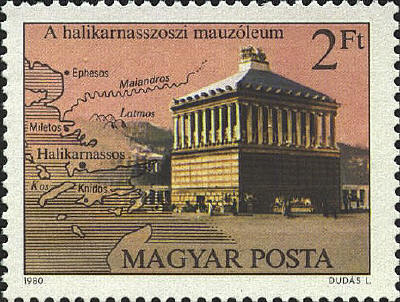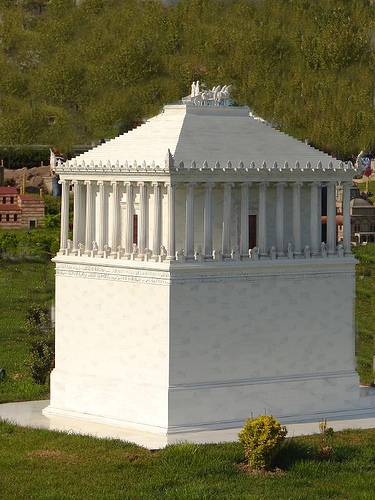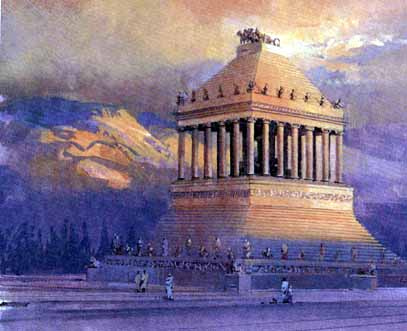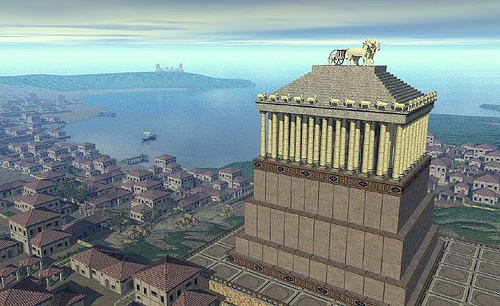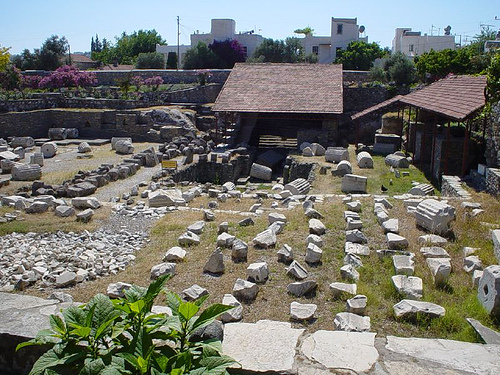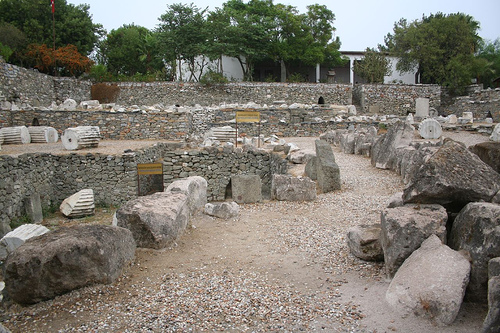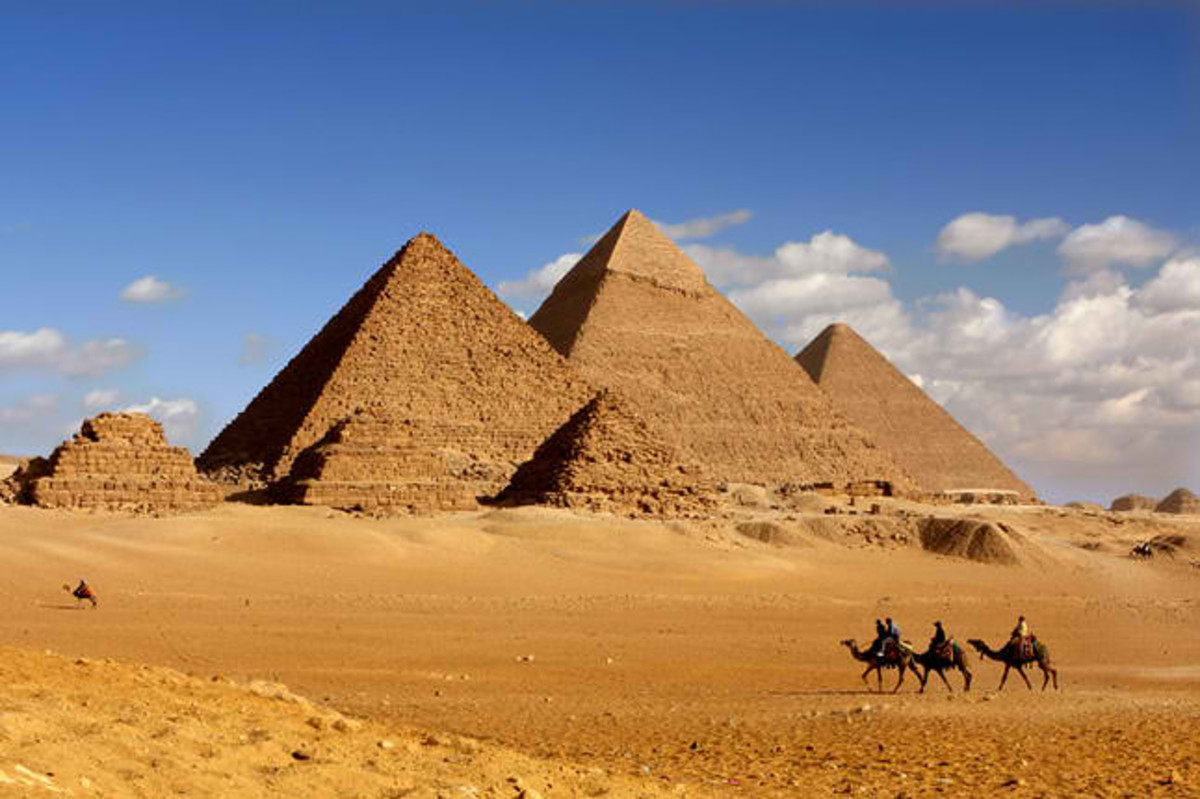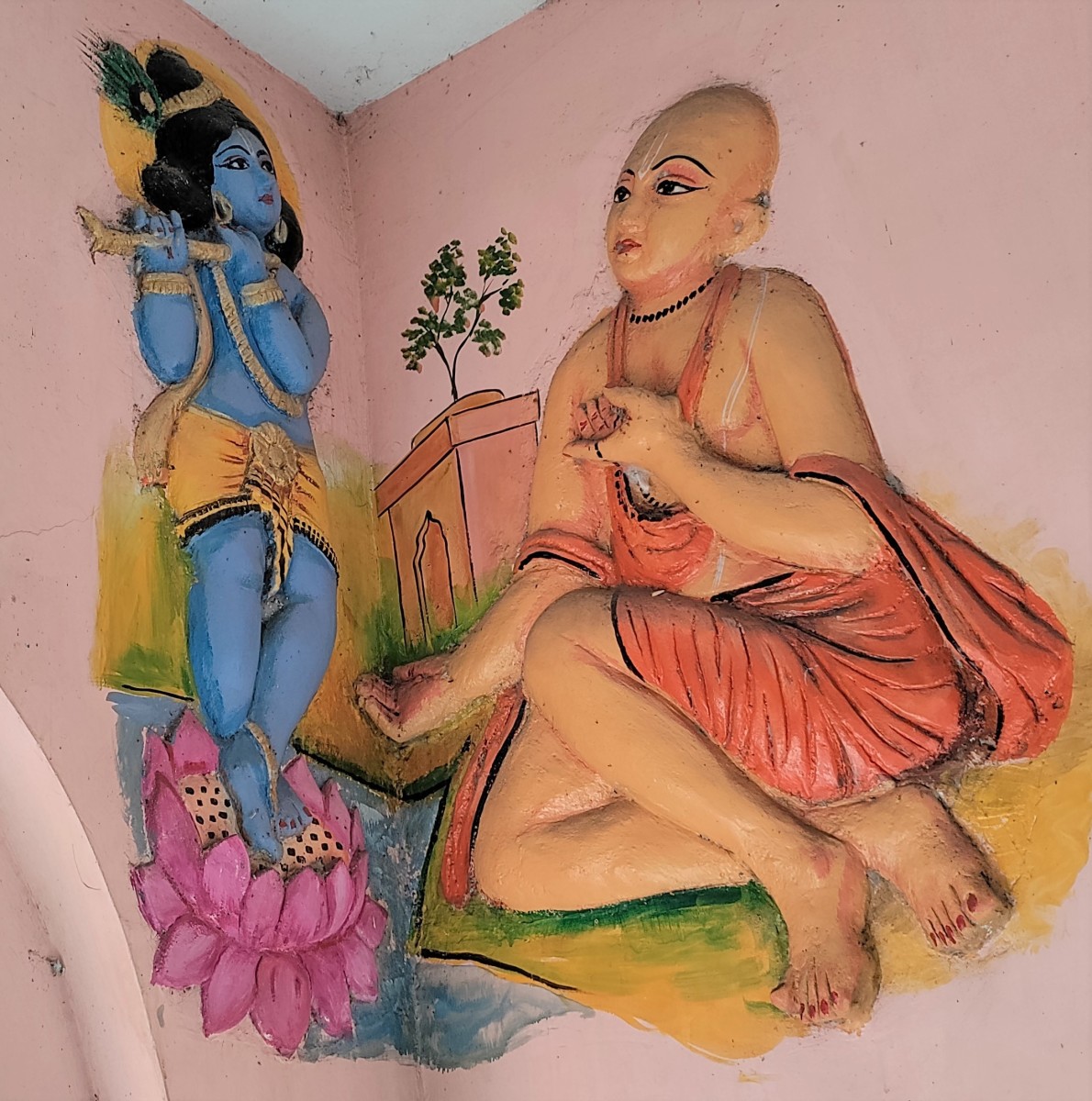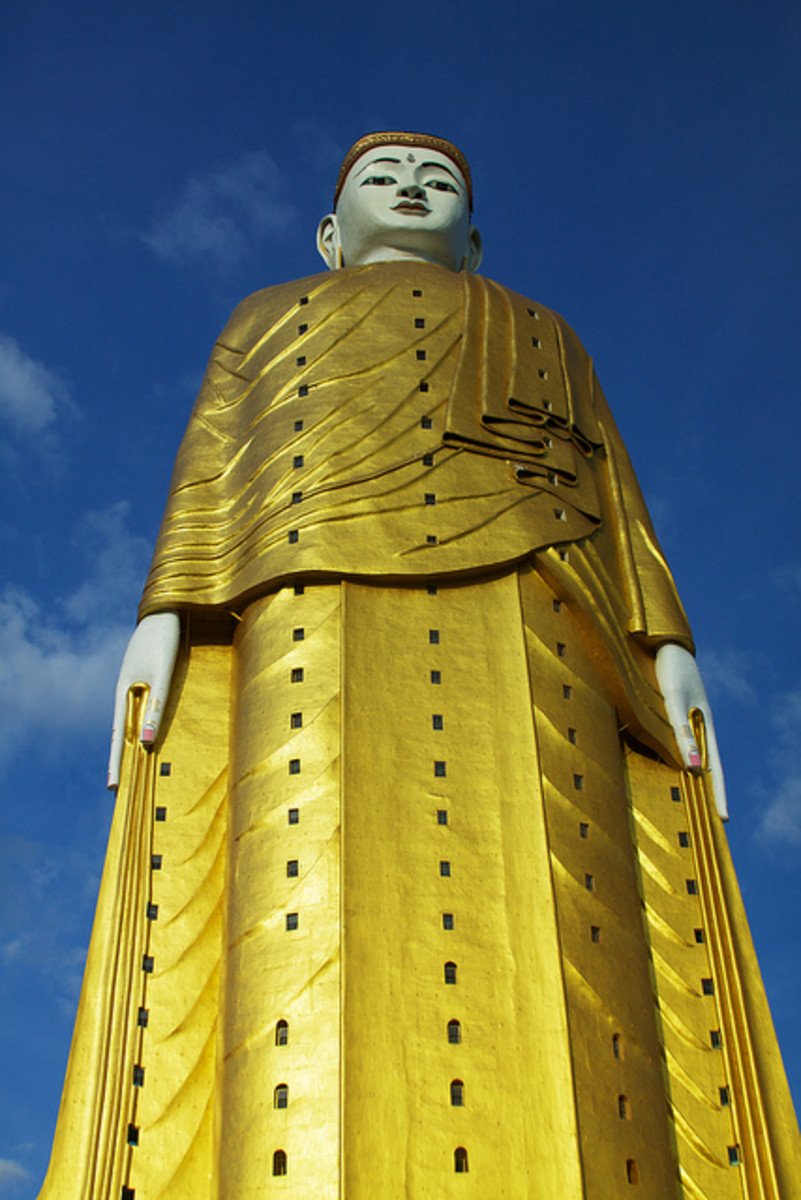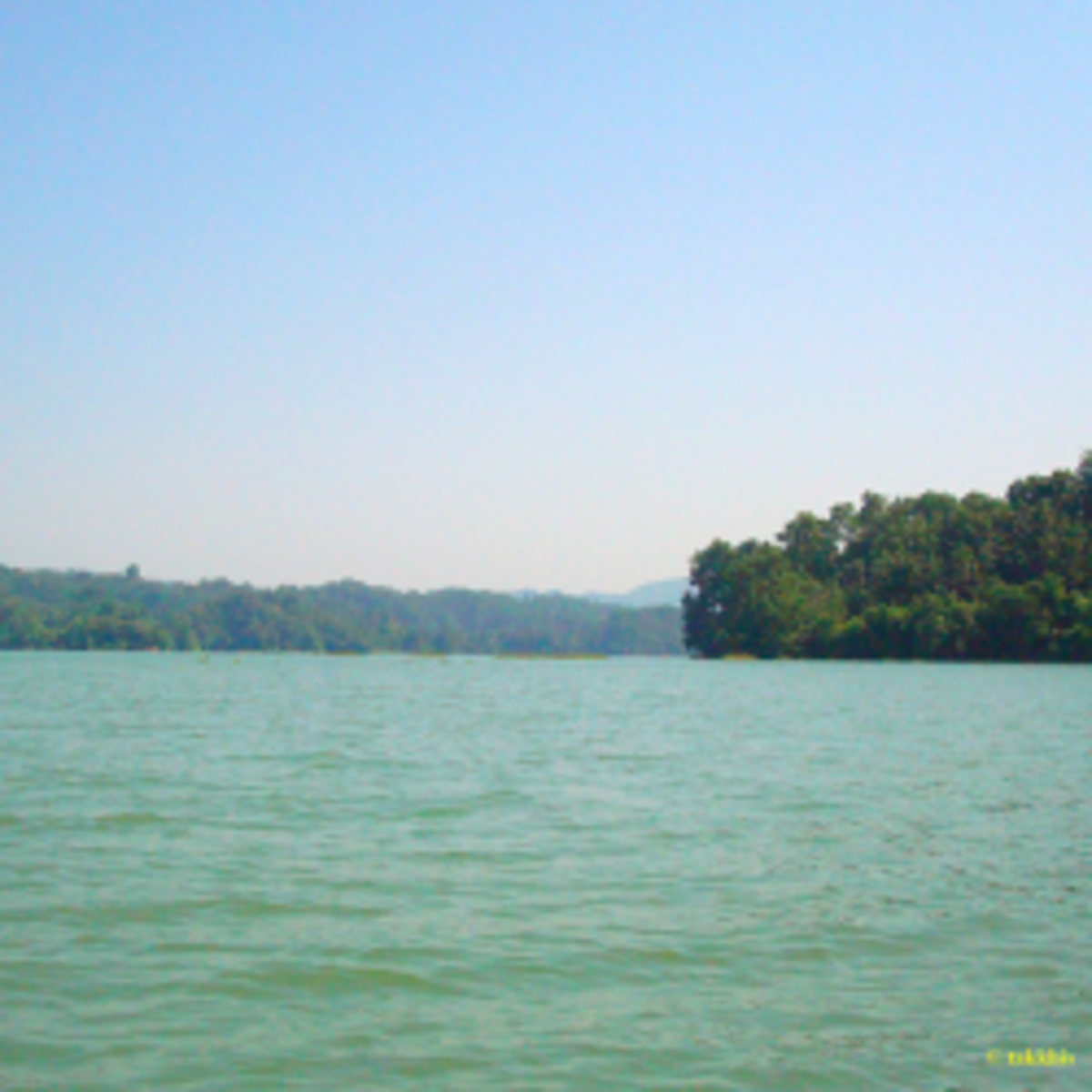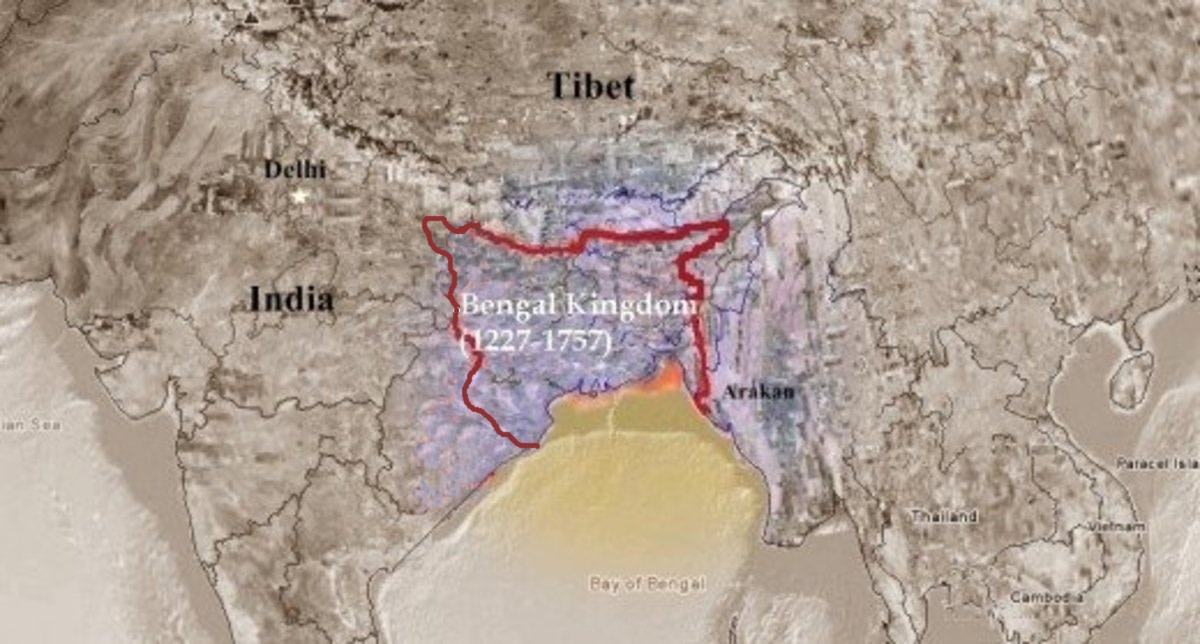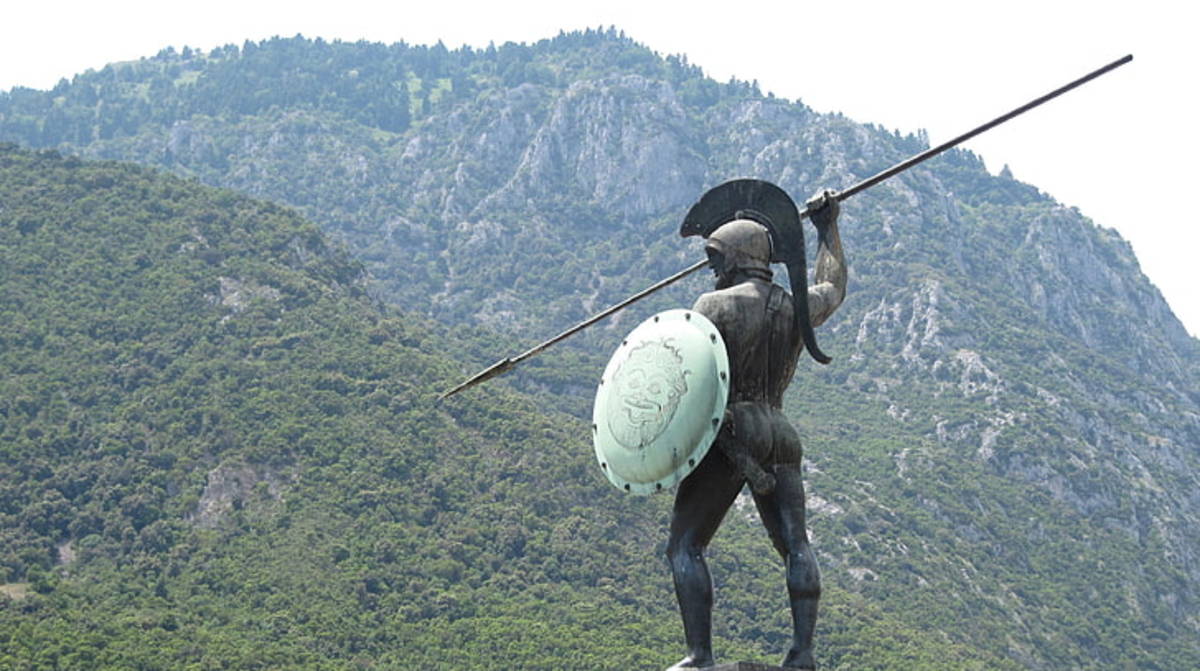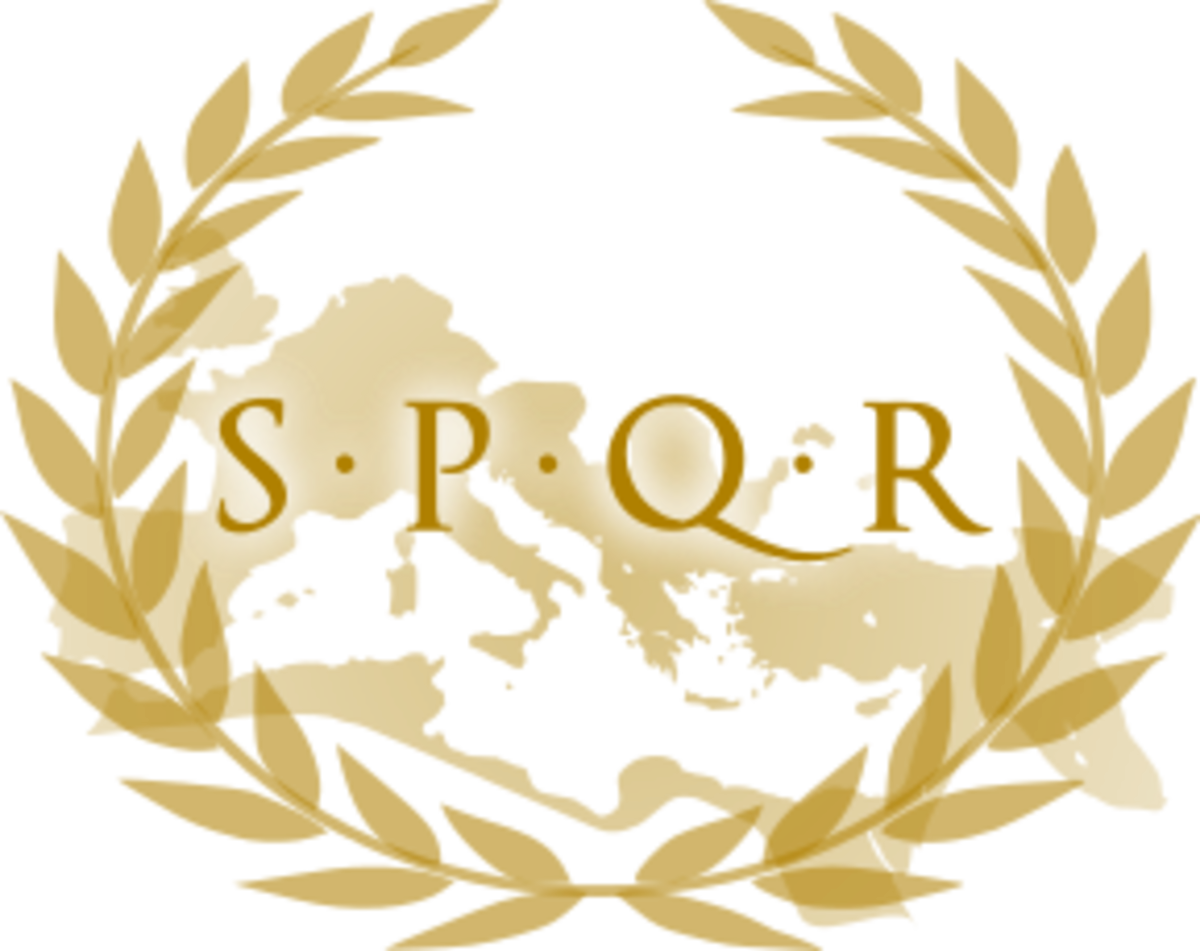Mausoleum at Halicarnassus
Mausoleum of Mausolus at Halicarnassus was a tomb built for King Mausolus. It was conceived by his wife and sister Artemisia. The construction of the mausoleum may have started during Mausolus’ lifetime. But it was finished three years after his death. This world wonder is also the origin of the word mausoleum. The beauty of the mausoleum was not in the structure alone but also in the decorations and the life-like statues that surround it.
Halicarnassus was an ancient city in Persia that is now Bodrum, Turkey. The tomb was about 135 feet in height. It was adorned with arts and sculptures made by famous artists and sculptors of the time. Most of its statues were life size. Many of the works of art in this mausoleum can now be seen in the “Mausoleum Room” in the British Museum in London.
Pliny the Elder had a clear description of the mausoleum. Most of the modern illustrations of the mausoleum were based on his description. It was rectangular in shape. At the base was the burial chamber, adorned the sides were life-size statues of people and animals. Above it were 36 columns. Standing beside each column was another statue. Above the columns was a pyramid roof with a four horse chariot at the very top.
The mausoleum survived for 16 centuries, unharmed by natural disasters and even attacks from foreign invaders of the time. Eventually though, a series of earthquakes destroyed it. Later, when the region was conquered by the knights of St. John of Malta, they built a crusader castle near the mausoleum. By 1522, almost every block, marble, and stone of the mausoleum had been disassembled and used for the construction of the castle walls.







